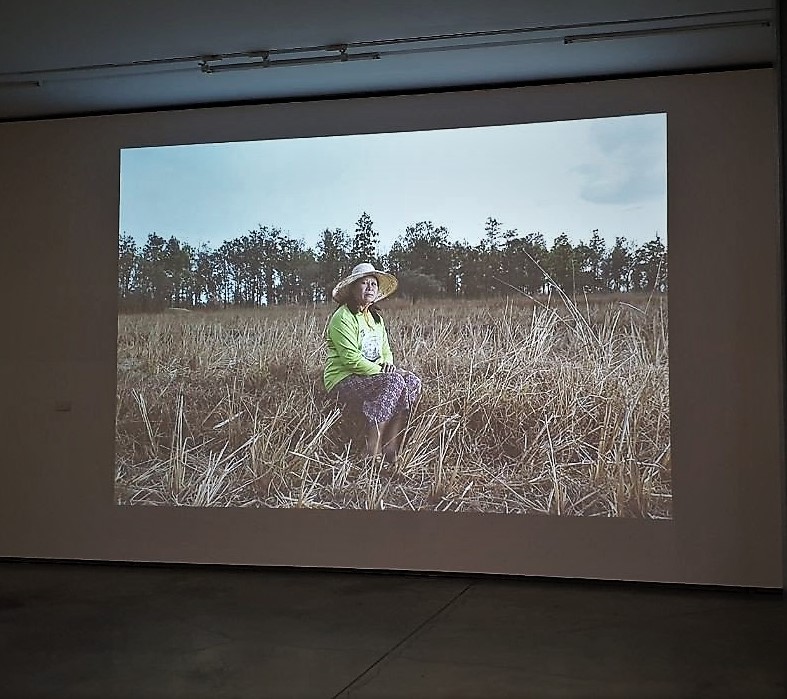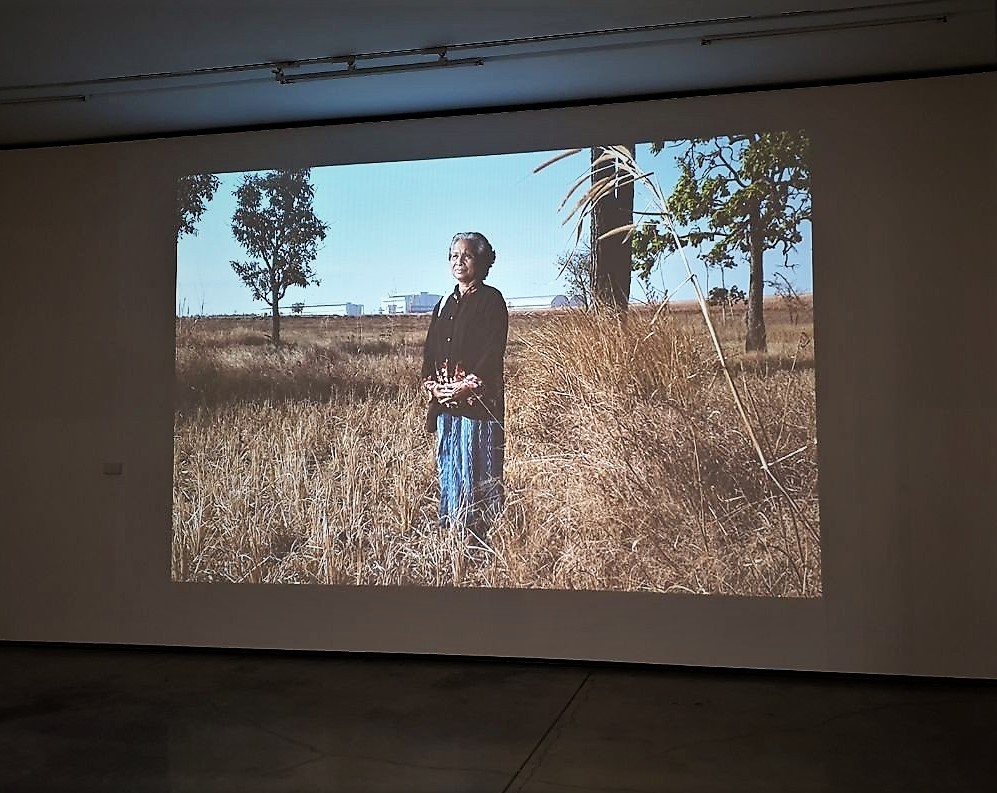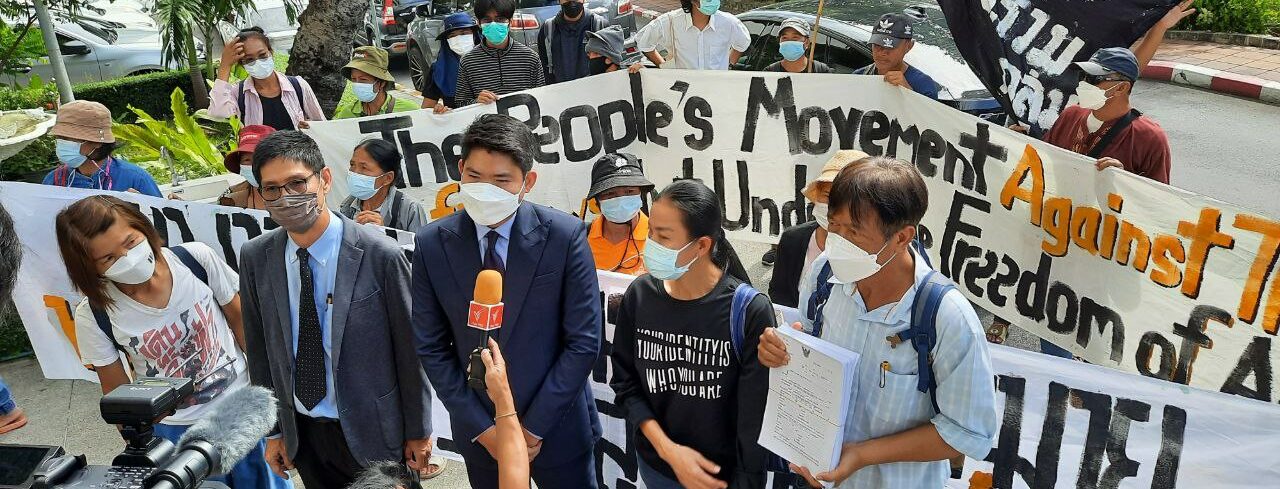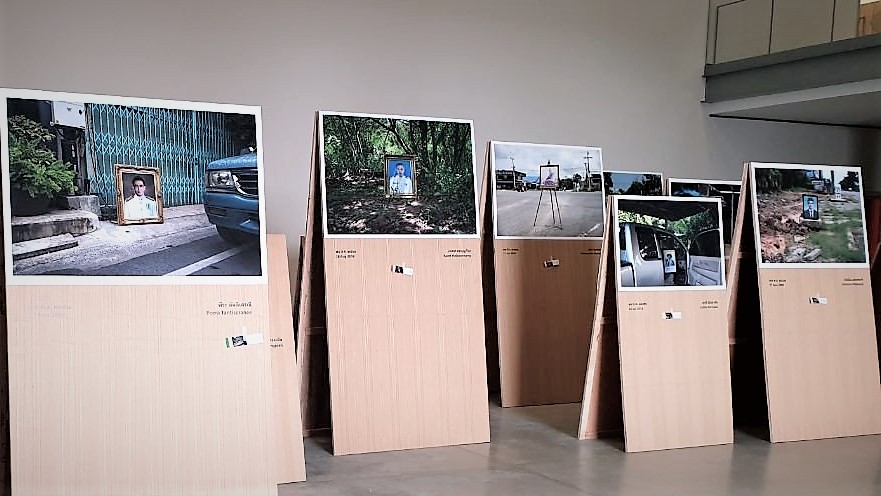On the occasion of Human Rights Day, British photographer Luke Duggleby, in collaboration with Protection International, launched the exposition of his project “For Those Who Died Trying” at MAIIAM Contemporary Art Museum in Chiang Mai, Thailand.

Open until the end of February, the exhibition looks to preserve the memory of those who lost their lives fighting for what was right. Tracing history back as far as 1973, Luke Duggleby went in search of the families and friends of those who were killed across Thailand, requesting a portrait of that person and taking it to the exact location of the crime itself to take his photographs. In total, he has preserved the memory of 58 human rights defenders exhibited here as individual photographs.
In Thailand, backlash towards those trying to change an unjust society has been documented dating back over a century. Whether exposing corruption, calling for fairer rights to land, protecting the environment from illegal deforestation and land grabs, to opposing the construction of poorly conceived development projects, the repercussions have been extreme. Those who fought for such change were frequently met with violence, often ending with imprisonment, injury, or even death.
The first substantial documentation of the use of violence towards rural community leaders comes between 1973 and 1976 when almost 50 leaders of the Farmers’ Federation of Thailand were killed or injured according to Nitirat Sapsomboon’s book The Path of Thai Farmers (1999). More recently, research by Human Rights NGO Protection International has documented over 70 cases of extrajudicial killings and forced disappearances in Thailand of Men and Women Human Rights Defenders in the past 30 years.
This makes Thailand one of the worst offenders in terms of violence against HRD including a system of impunity putting community-based HRDs at high risk of violence and injustice. Across the country, people who have become obstacles have simply been removed. Many perpetrators go unpunished as the influence of the powerful can easily override justice.

The effect of such an assassination on a small community struggle can be devastating. It is vital, for the victims and their families, that their fight and their death should not be forgotten and left unrecognized. Ultimately, those who abuse their power with impunity must not go unpunished; the W/HRDs recognition and administration of justice are steps on the path to ending these killings. For these reasons, it is essential to spread knowledge of what they died fighting for and so to never forget them.
Luke Duggleby’s project is a tribute to those Thai Women and Human Rights Defenders who have lost their lives over the last 50 years. However, his body of work also wants to celebrate those who continue to fight for their rights and their contribution to the community struggle. In particular, the involvement of women human rights defenders who play a vital and instrumental part and who are often under-represented are shown in large individual portraits, alongside in-depth documentaries of specific communities from around the country.


